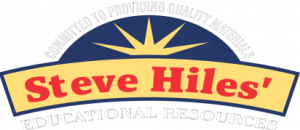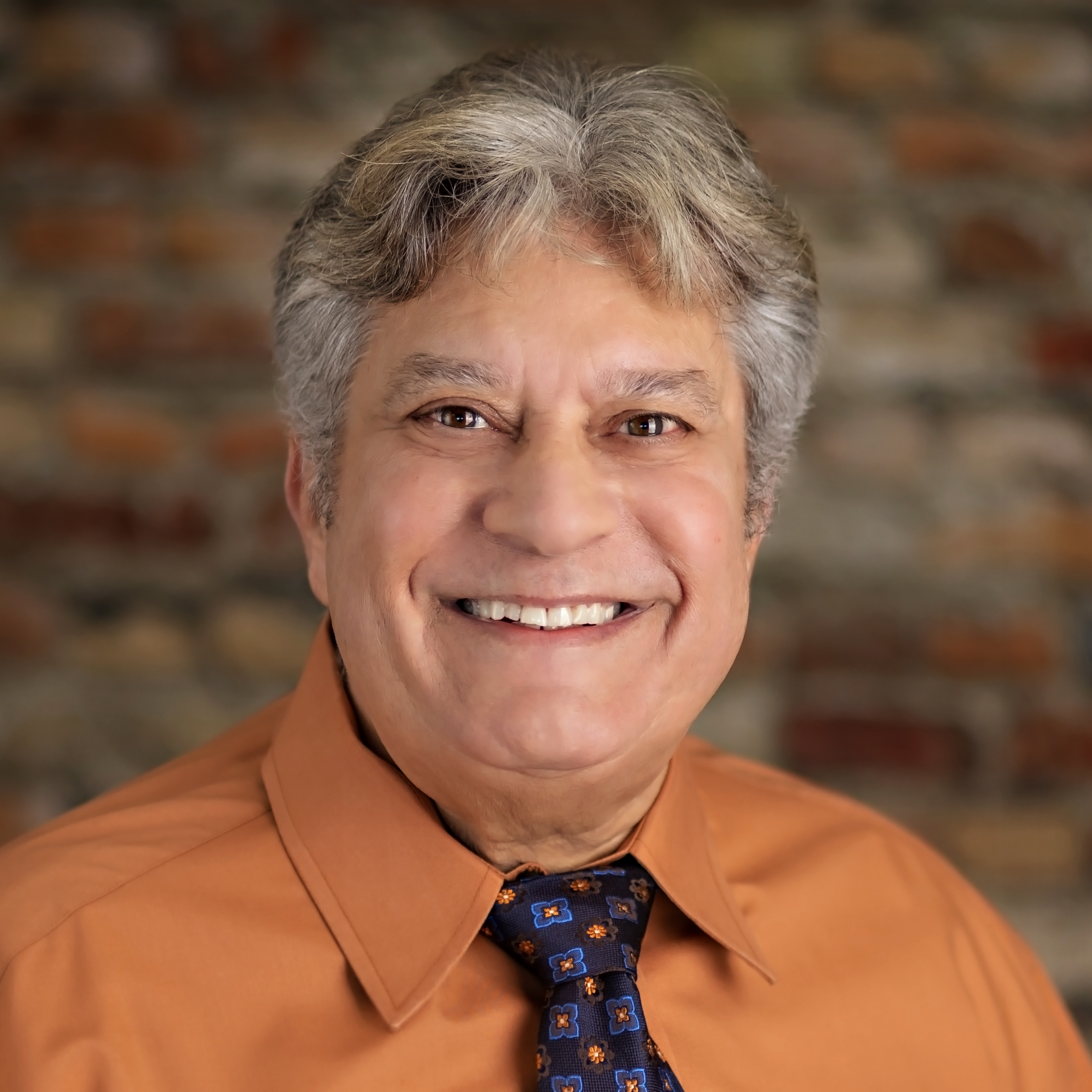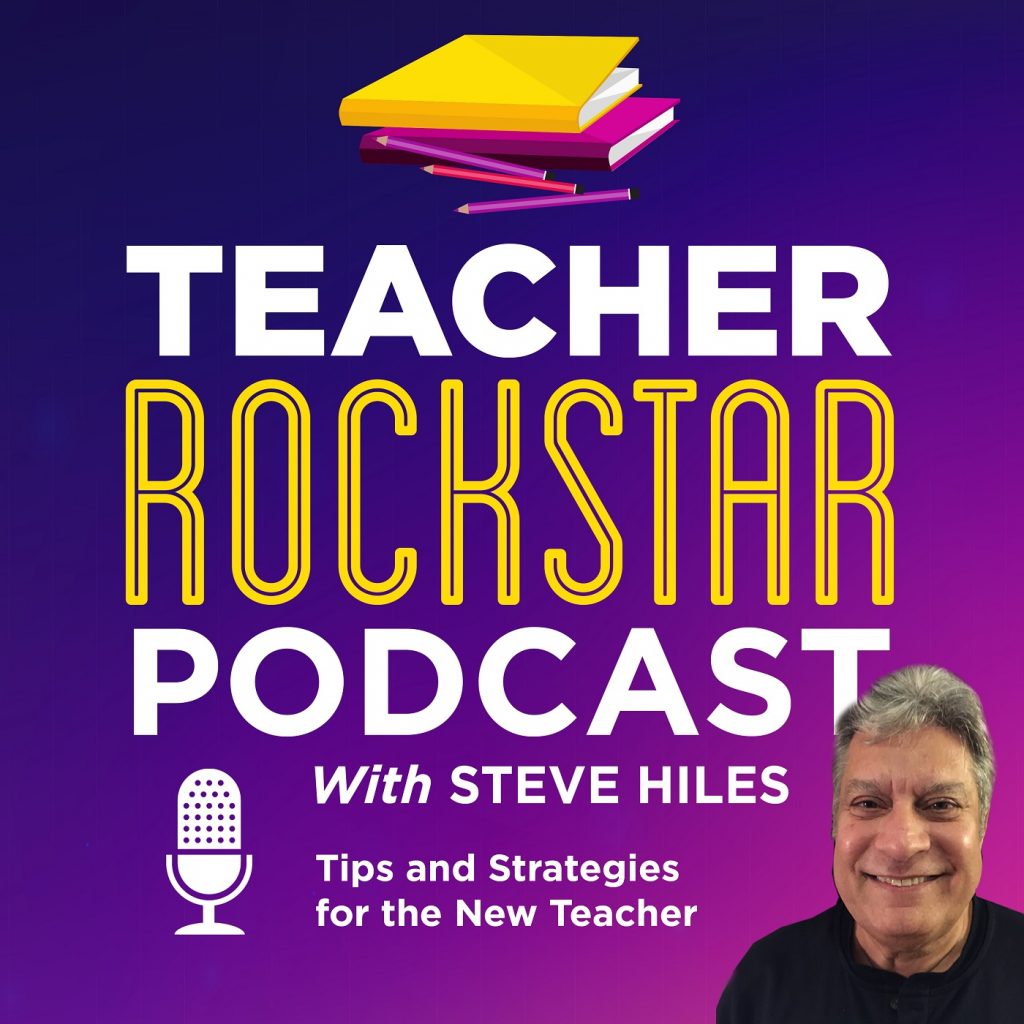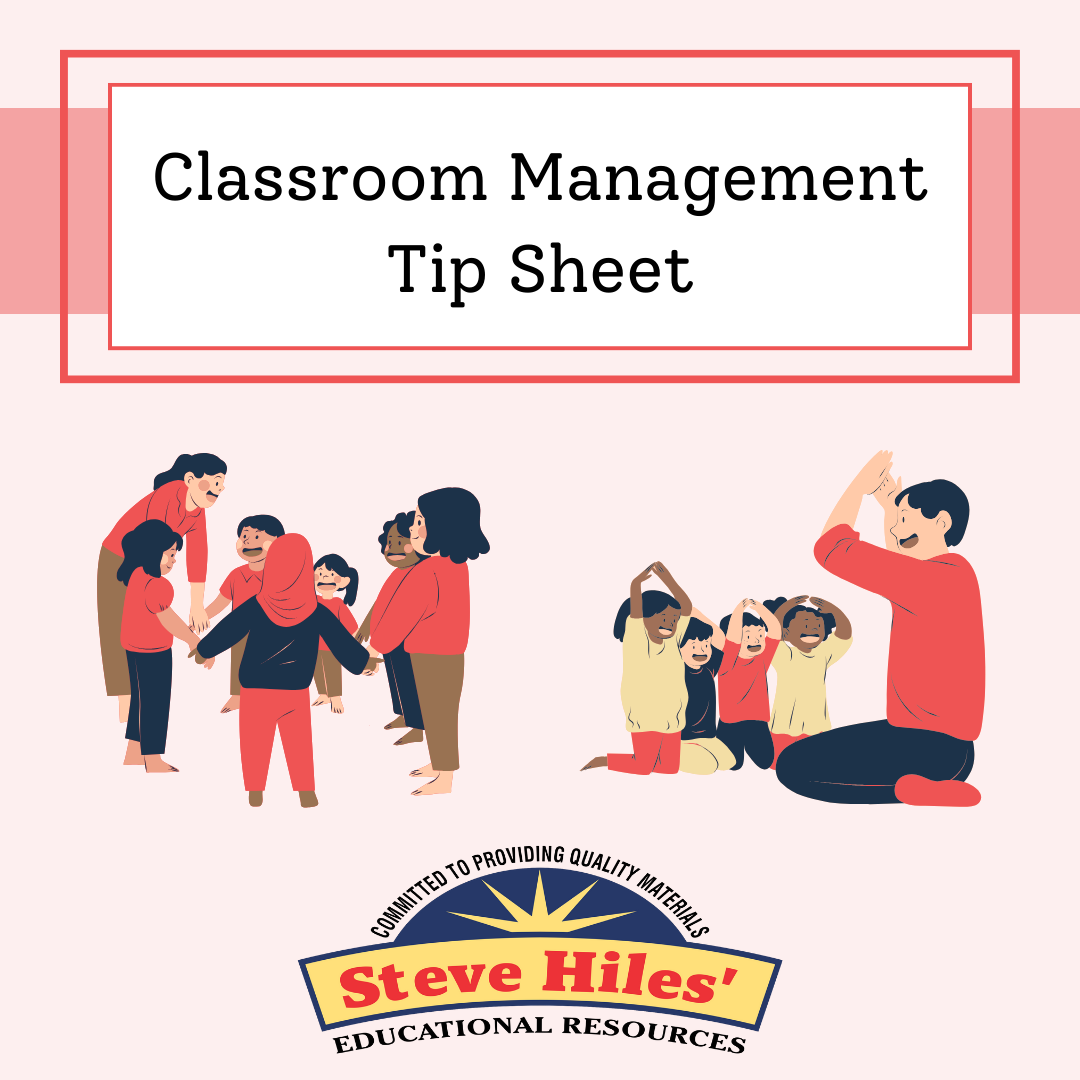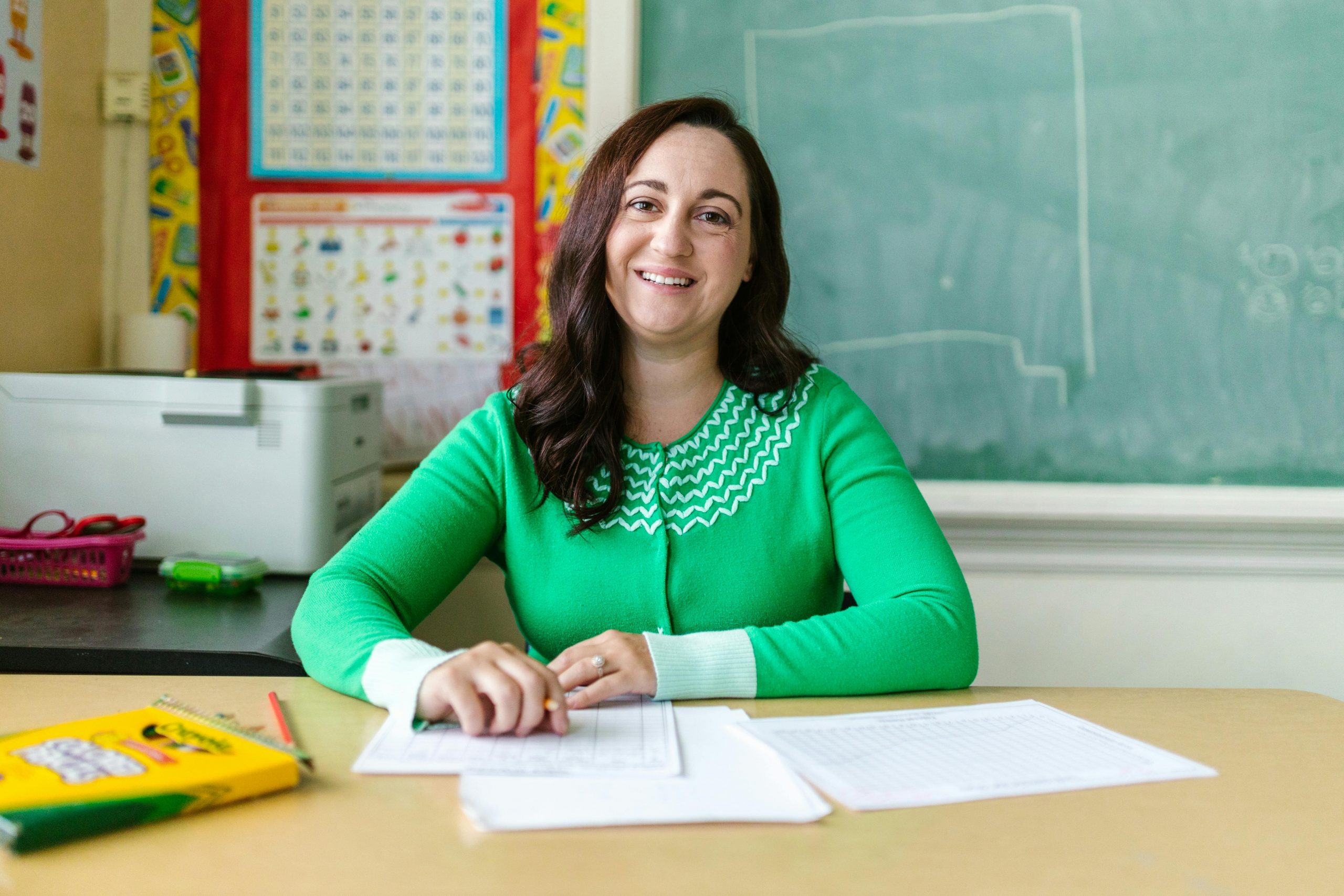Table of Contents
ToggleIntroduction
Ever feel like if you admit you don’t know something, the teaching gods are going to strike you with a detention slip? I’ve been there. My first year, I thought: “If I ask for help, they’ll figure out I have no idea what I’m doing.”
Spoiler: they already knew.
Here’s the truth—you don’t need to know it all. Pretending you do will only wear you out faster. In this post, you’ll learn how to let go of the pressure to appear perfect, embrace the messy middle, and walk away with strategies to stay confident without the shame spiral.
Oh—and I’ll share the one moment I almost quit teaching because of this very issue, plus the simple shift that kept me going.
Point One: Stop Equating Not Knowing With Weakness
Did you know that nearly 44% of new teachers leave within their first five years? One of the biggest reasons is the pressure to appear competent all the time. That’s not a “you problem”—that’s an unrealistic expectation.
I’ll never forget the time a student asked me a math question I couldn’t answer. My heart sank: “Fraud alert—they’ve figured me out!”
Instead of fumbling, I said: “You know what, let’s figure this out together.” The kid’s face lit up.
That moment taught me that students don’t need you to have every answer—they need to see you model how to find answers. Turning “I don’t know” into “let’s learn” is one of the most powerful teaching moves you can make.
Point Two: Build Trust Through Honesty
Imagine walking into your classroom tomorrow, slamming your bag on the desk, and announcing: “Class, I am not a Google search engine!”
Strange visual, right? But that’s exactly the pressure we put on ourselves when we assume we must be the all-knowing fountain of wisdom.
Think about doctors. If your physician says, “I’ll need to run some tests” or “I’ll refer you to a specialist,” do you lose trust in them? Of course not. You actually trust them more.
The same is true in teaching. Your credibility goes up when you’re honest. Try building “go-to” phrases, such as:
- “That’s a great question—let me circle back tomorrow with an answer.”
- “I’m not sure, but let’s dig into that together.”
This takes pressure off you while modeling lifelong learning.
Point Three: Ask the “Dumb” Question
Here’s the part where I nearly quit. I was drowning in grading, lesson planning, parent emails—you name it. Then a veteran teacher asked me about a teaching method I’d never heard of. I nodded like I understood, went home, and panicked. That night, I almost typed a resignation letter.
The turning point? I stopped hiding. I started asking questions—even the ones that bruised my ego. And strangely enough, people respected me more for it.
That shift carried me from “I can’t do this” to “I can grow into this.” You’d be surprised how many colleagues secretly have the same questions, but are too afraid to ask.
Conclusion: The Permission Slip You’ve Been Waiting For
You don’t need to know it all. What you need is the courage to admit when you don’t.
Give yourself permission to live in the messy middle. Model curiosity. Lean on the people around you. When you drop the perfection act, you become the teacher your students truly need.
And if you’re still wrestling with that pressure, I’d love to help you map a path forward. I’m offering a free 60-minute coaching call to tackle your biggest stumbling blocks—no pretending required.
👉 Book your free coaching call here
For more classroom strategies and encouragement, check out this post on building classroom community

